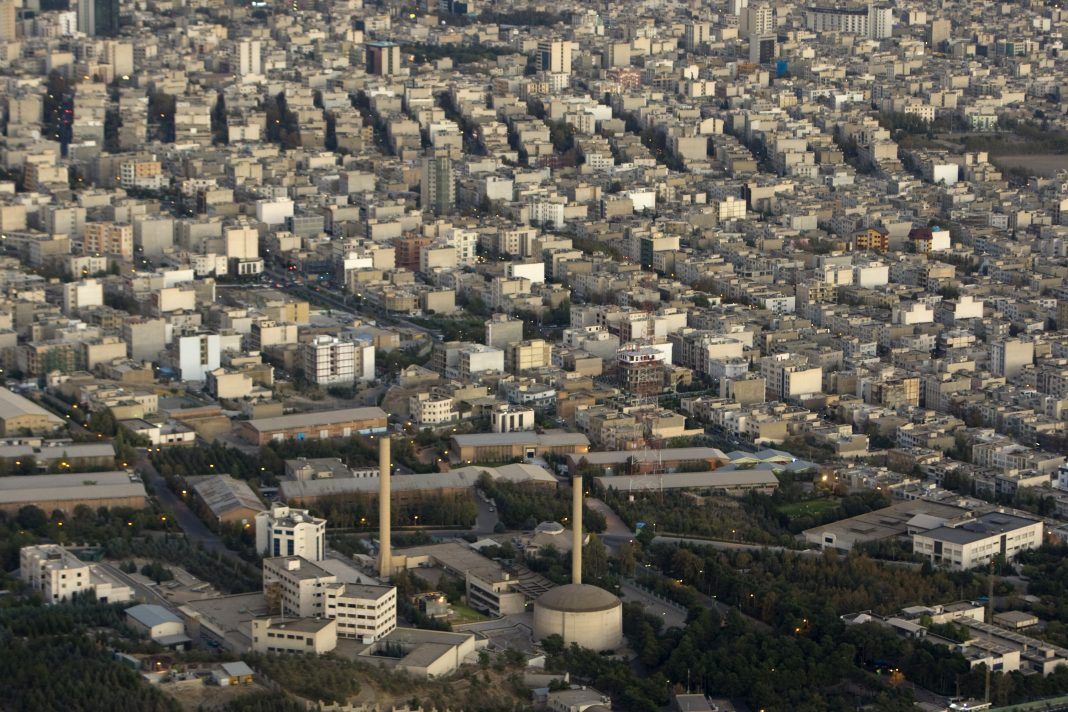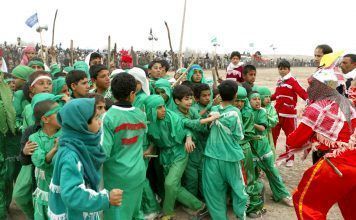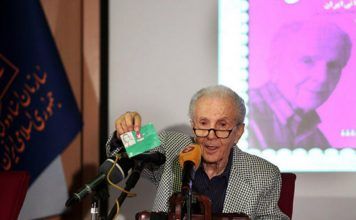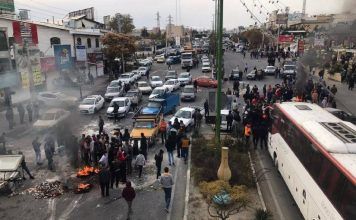The aftershocks of a series of earthquakes registering below 4.0 on the Richter scale in and around Tehran earlier this month will last for another two months, according to Dr. Ali Beitollahi, the director of the seismology department at the Road, Housing and Urban Development Research Center.
Dr. Beitollahi made the comments in an interview with the Islamic Republic News Agency (IRNA).
“There have been 18 earthquakes measuring between 2.5 and 3.9 on the Richter scale in Greater Tehran in the past few days. The aftershocks will last for another two months, which means we will not experience a major earthquake for a while,” Dr. Beitollahi said. “Aftershocks are not alarming. It rather proves that the 5.1 earthquake on May 8 was the main seismic event, and the tremors will not cause any serious damage.”
“We should not worry about the aftershocks that have occurred on the primary fault line in Tehran. We should only panic if there were no aftershocks after a 5.1 earthquake, because a much stronger one would probably have occurred to release the energy trapped in all the cracked layers of the fault line,” Dr. Beitollahi explained. “It would seem that the major fault line in Tehran, which is the primary source of the tremors, is about 10 kilometers long,” Dr. Beitollahi pointed out. “After the surface earthquakes, the energy stored deep in the layers is released.”
“Only a motion seismometer could detect the 100 aftershocks which followed the 5.1 earthquake in Tehran. The city’s residents felt nothing,” Dr. Beitollahi added. “We will experience aftershocks for another two months.”
Meanwhile, Mohsen Hashemi-Rafsanjani, the chairman of Tehran City Council, has asked the heads of the executive, legislative and judiciary branches of the government to invest more resources in developing a comprehensive natural disaster program that includes effective methods of predicting earthquakes and minimizing damage and loss of lives.
“The population of Tehran increases to 15 million during the daytime, which means that an earthquake stronger than 6.0 on the Richter scale can cause many problems,” Hashemi-Rafsanjani was quoted by the Tehran-based Khabar Online news agency as saying. “We must invest more in developing the city’s infrastructure and make it earthquake-proof. We must also be able to have an emergency water supply.”
“Tehran comprises 350 neighborhoods, and each one should have a dedicated crisis management center to provide emergency water and electricity to its resident,” Hashemi-Rafsanjani noted. “Unfortunately, there are not enough earthquake-warning systems and seismometers in Tehran yet.”
This article was translated and adapted from Persian by Fardine Hamidi.






